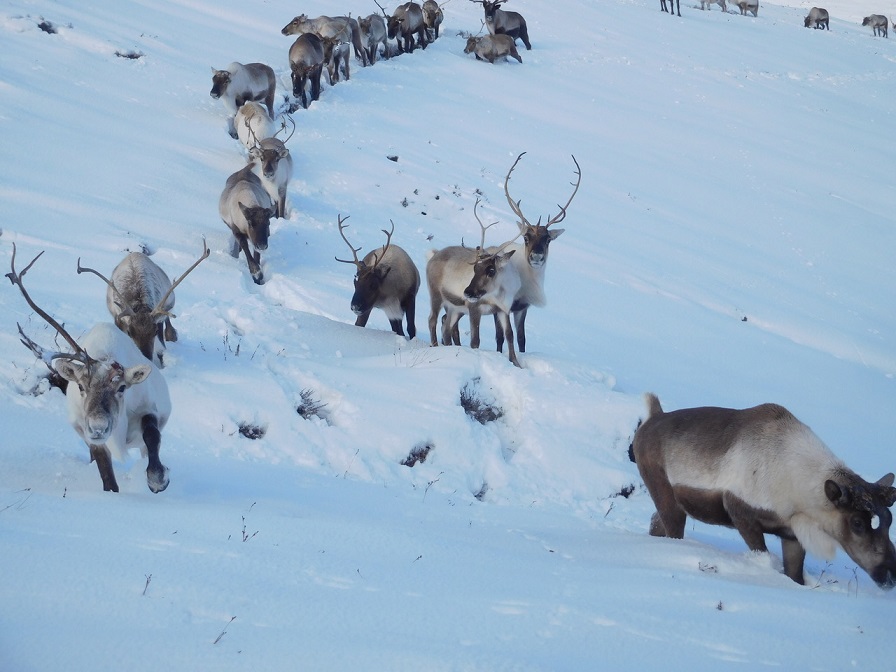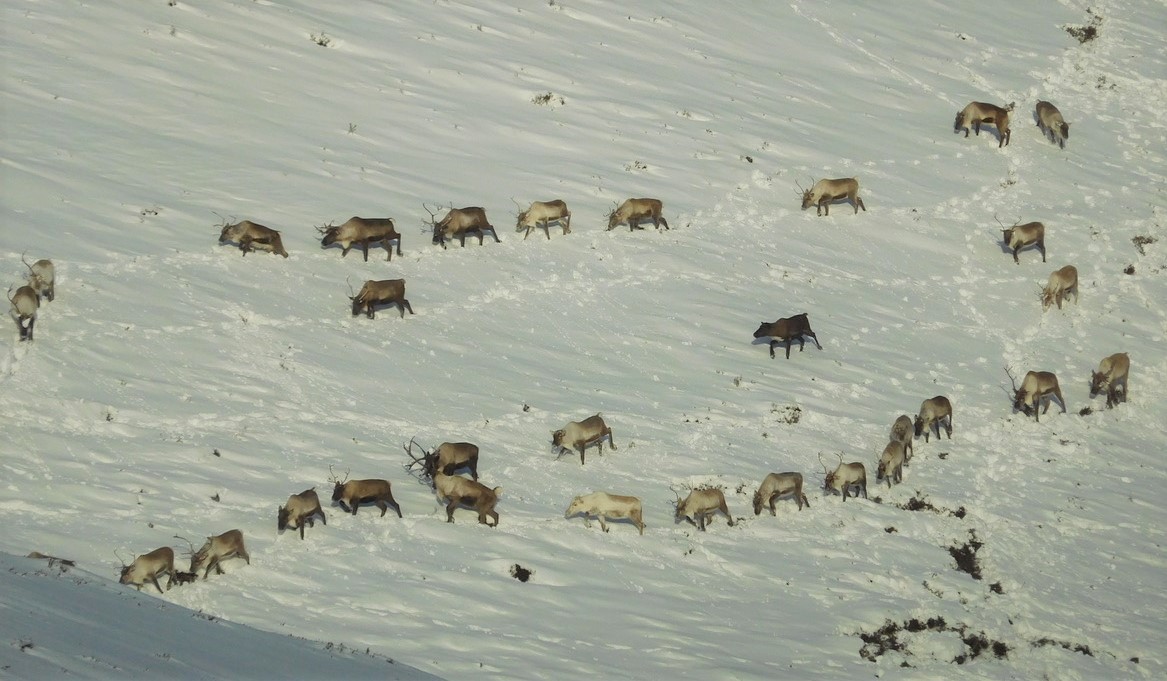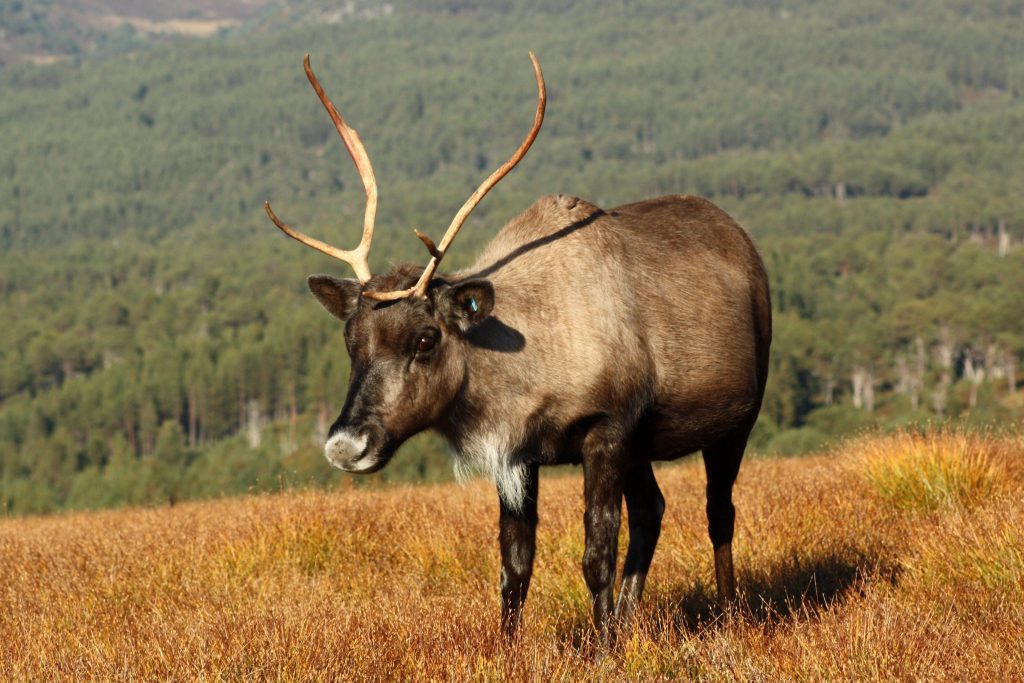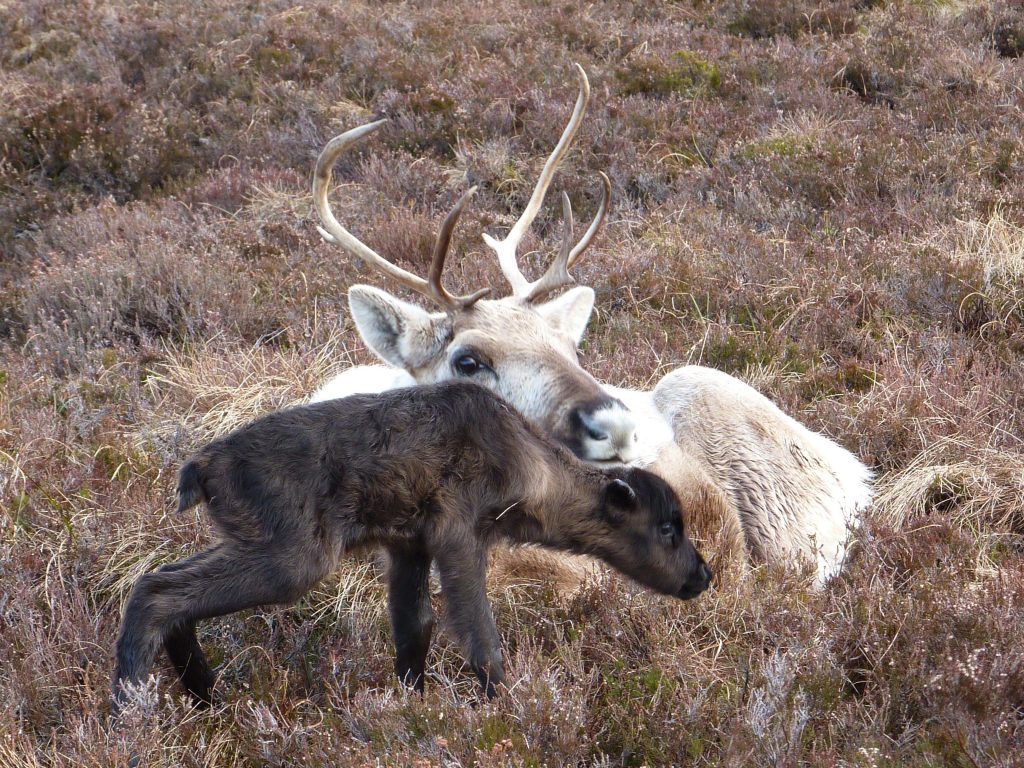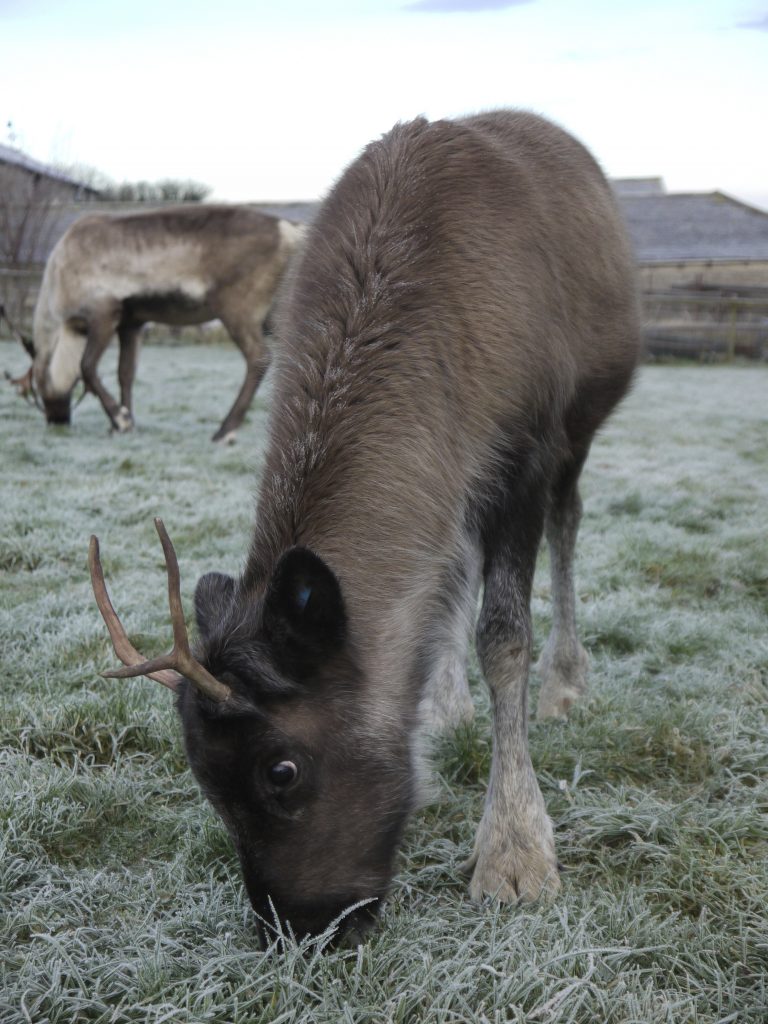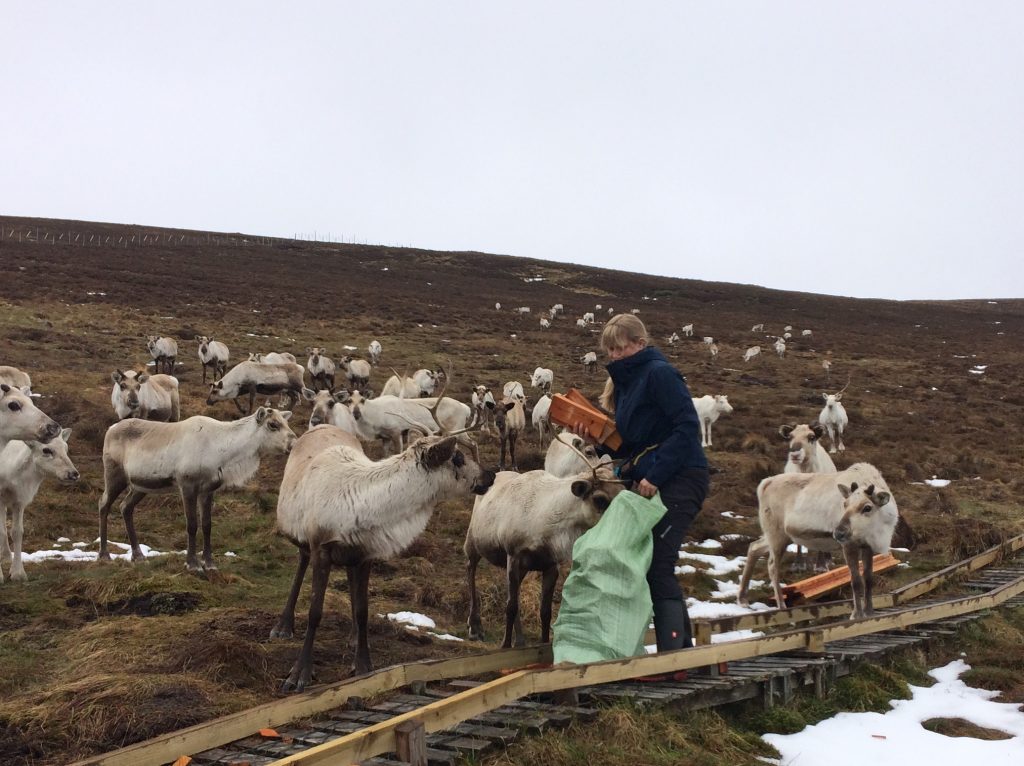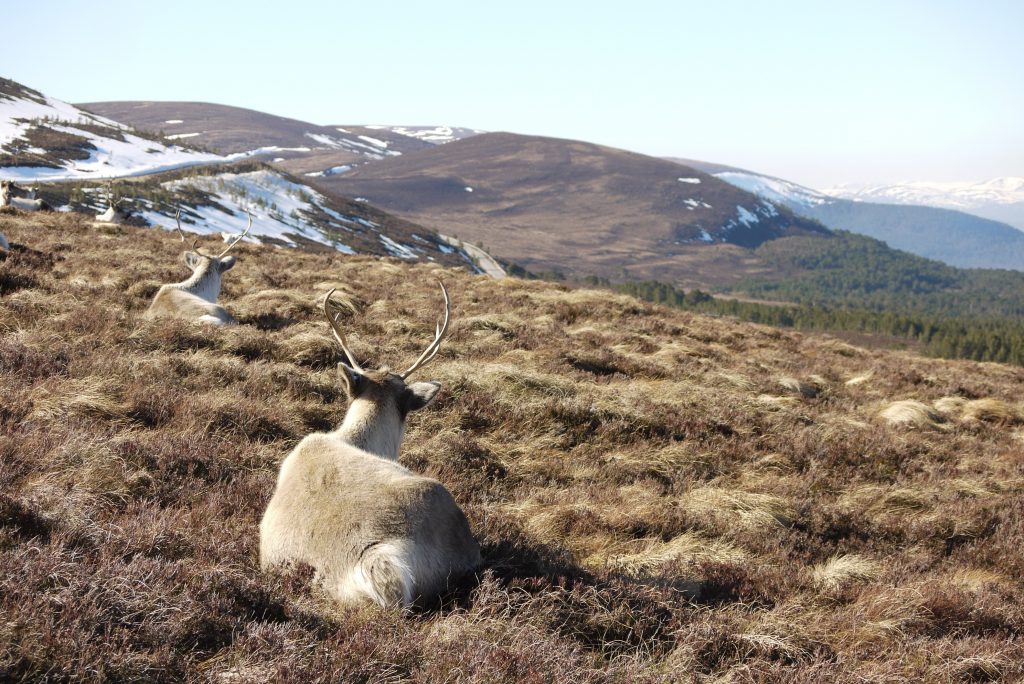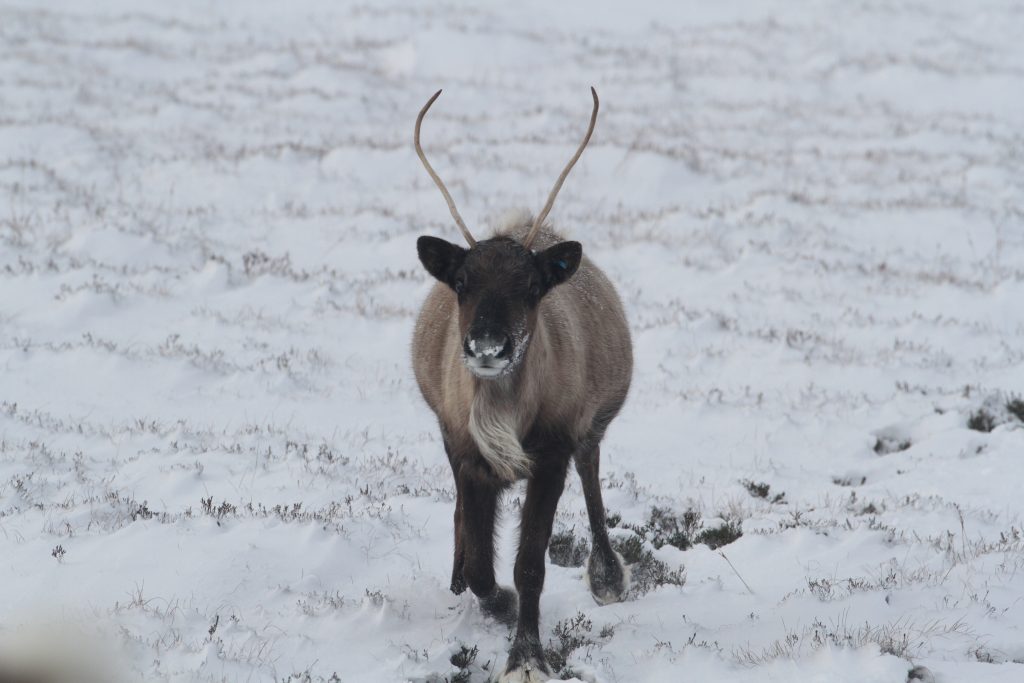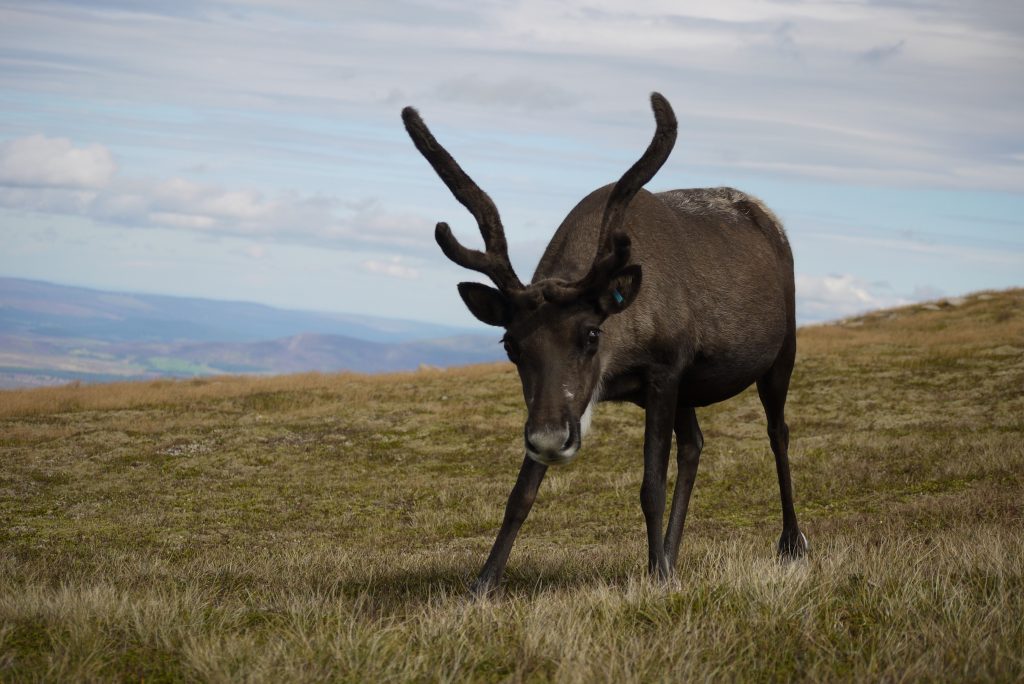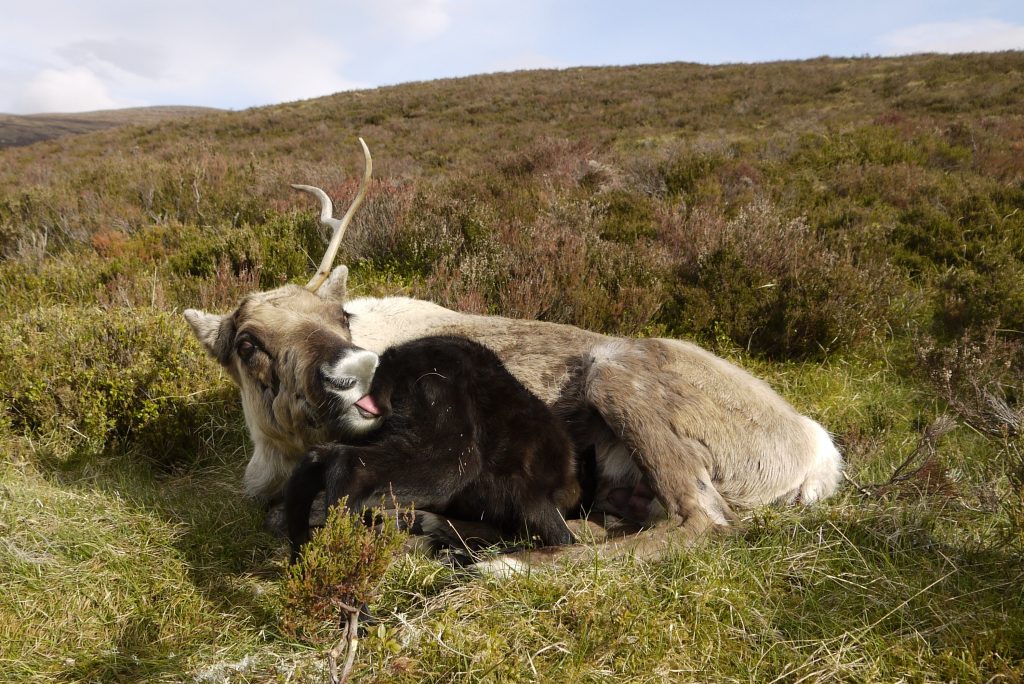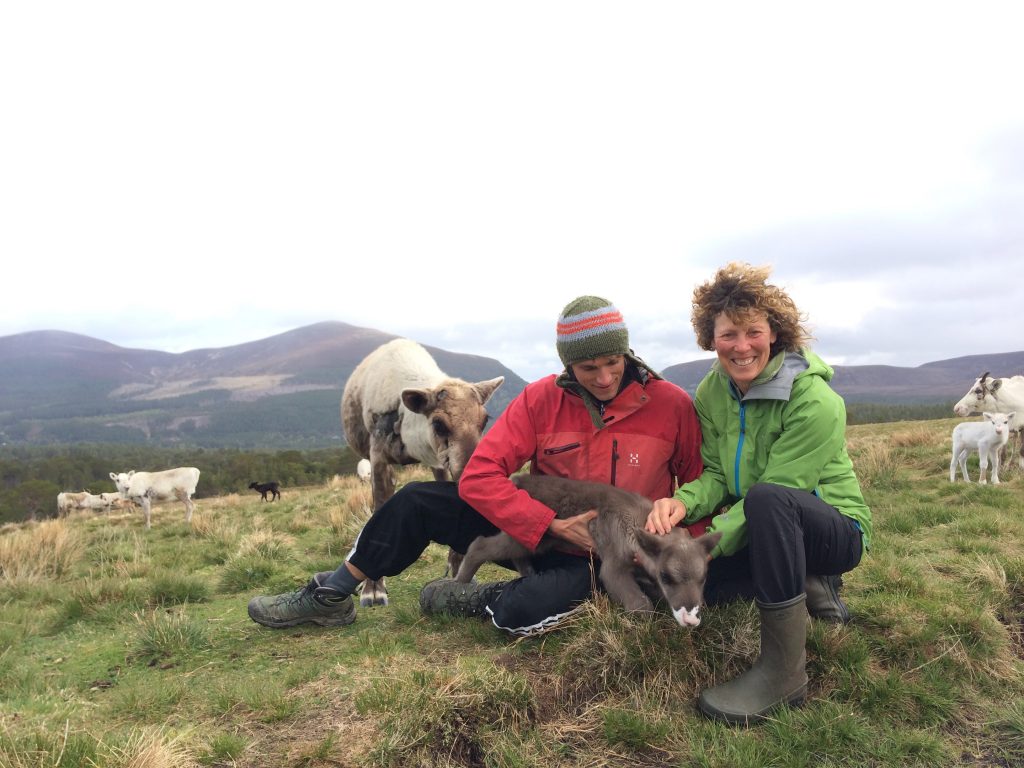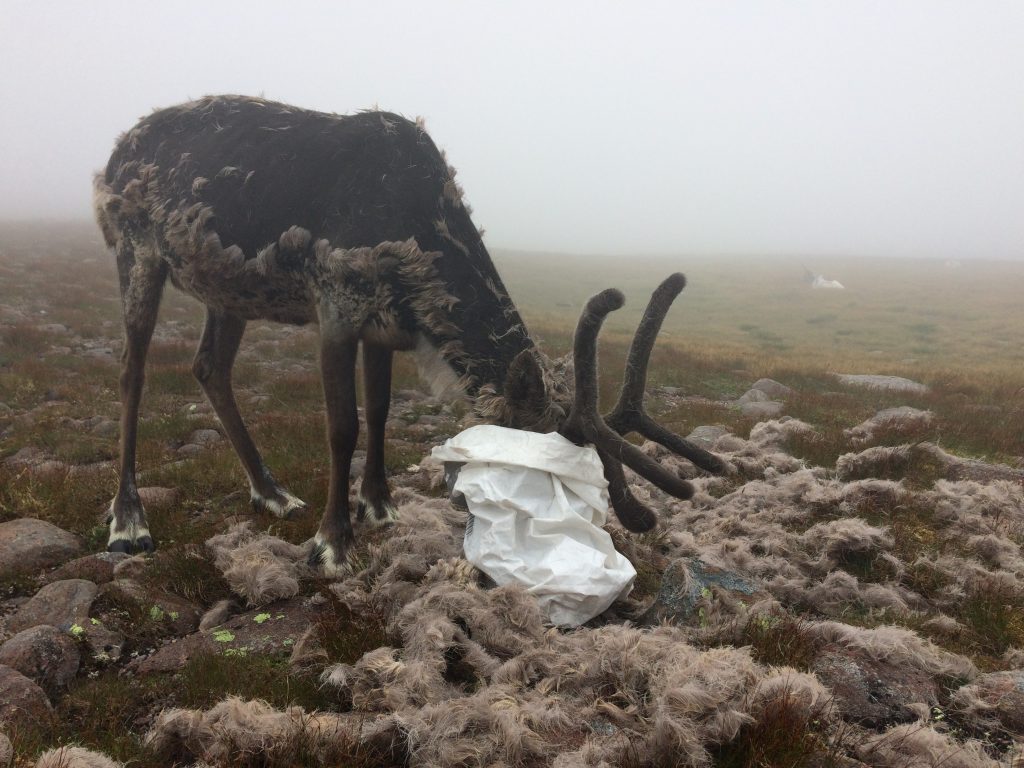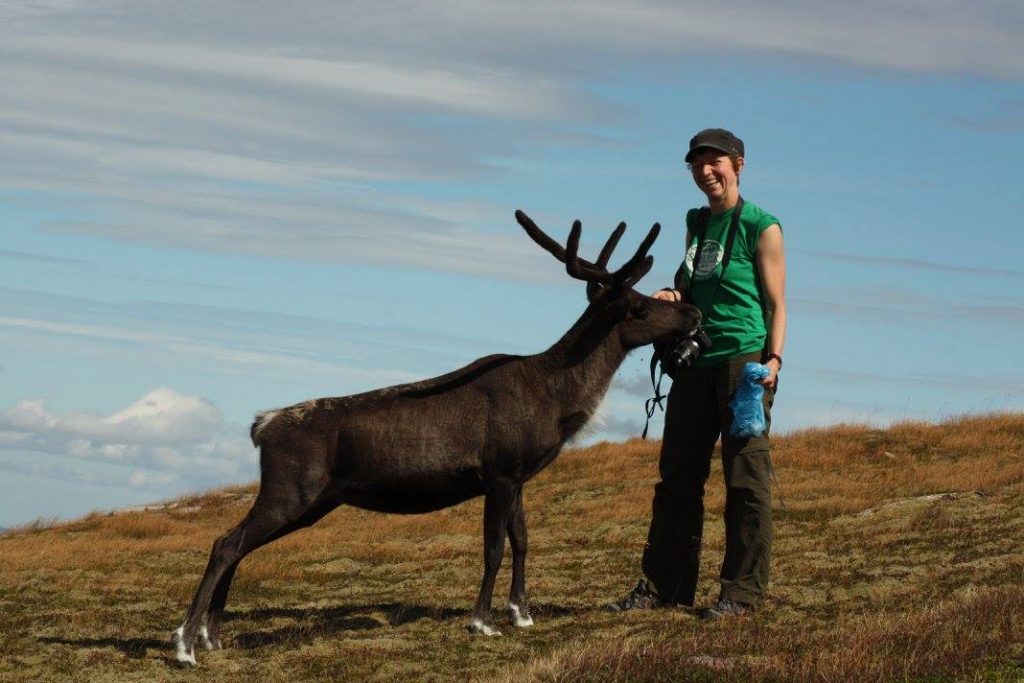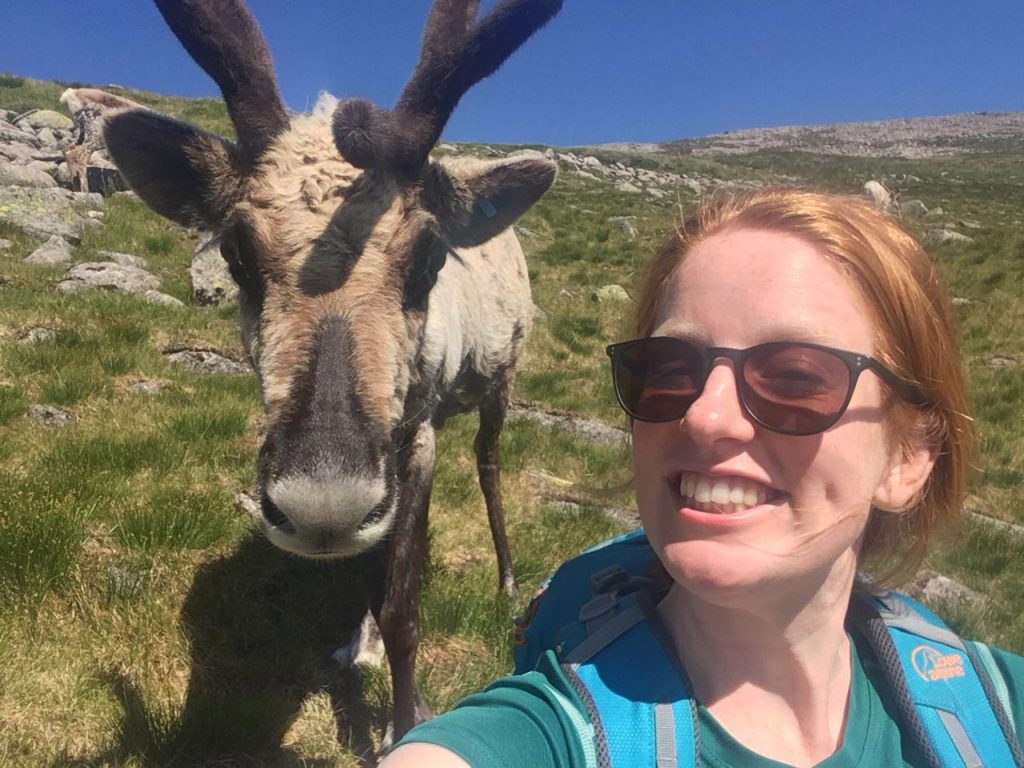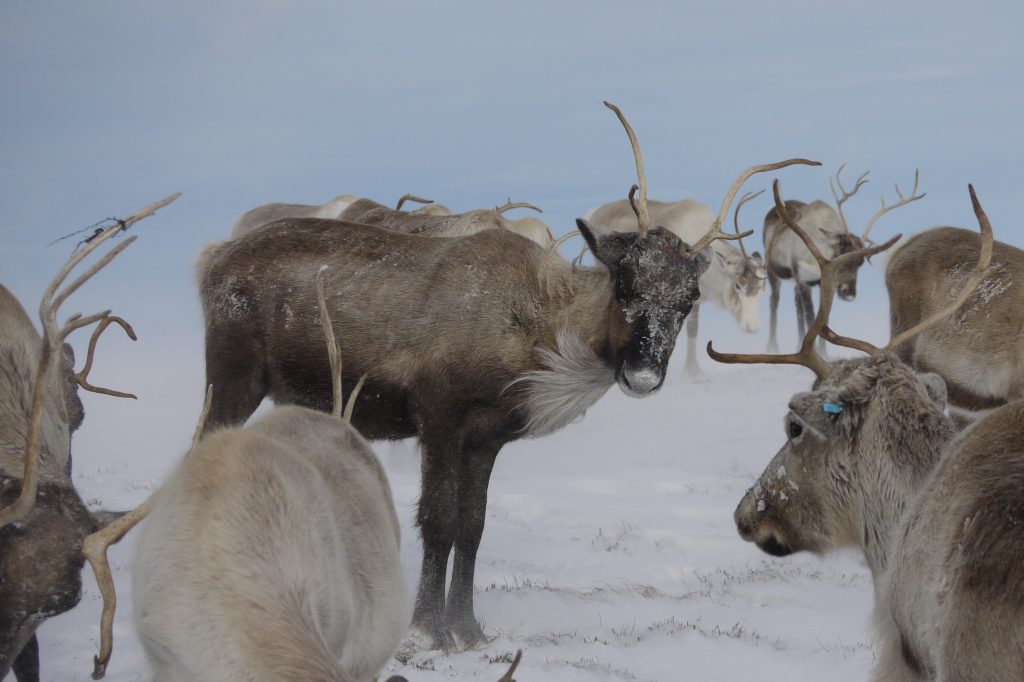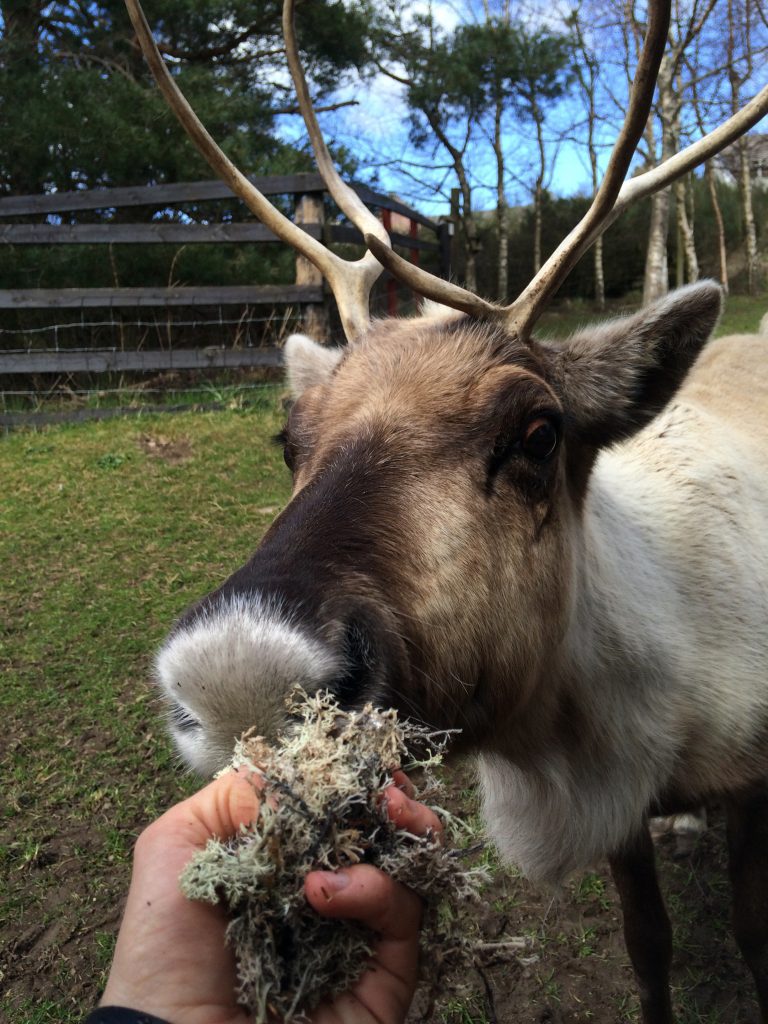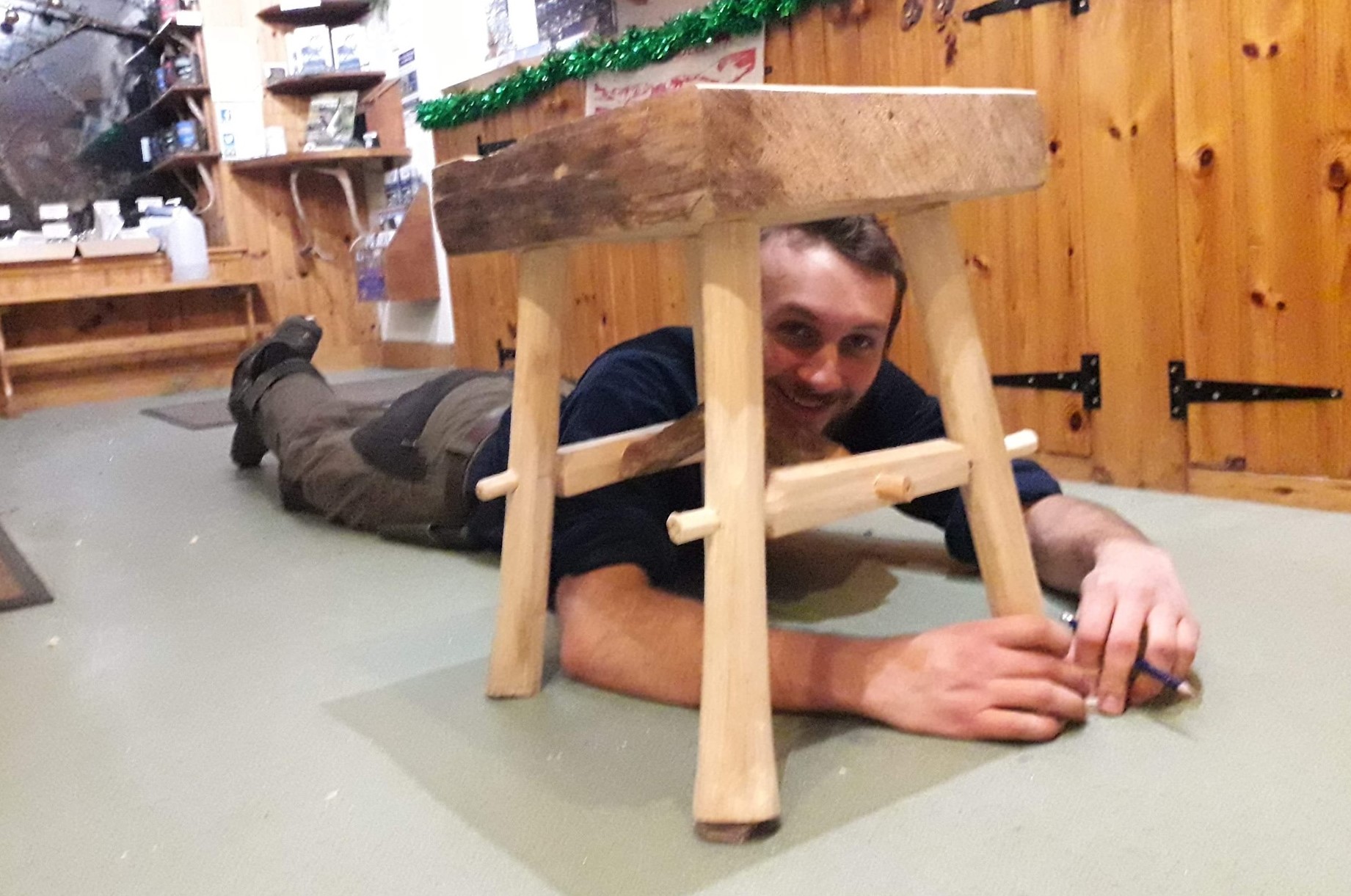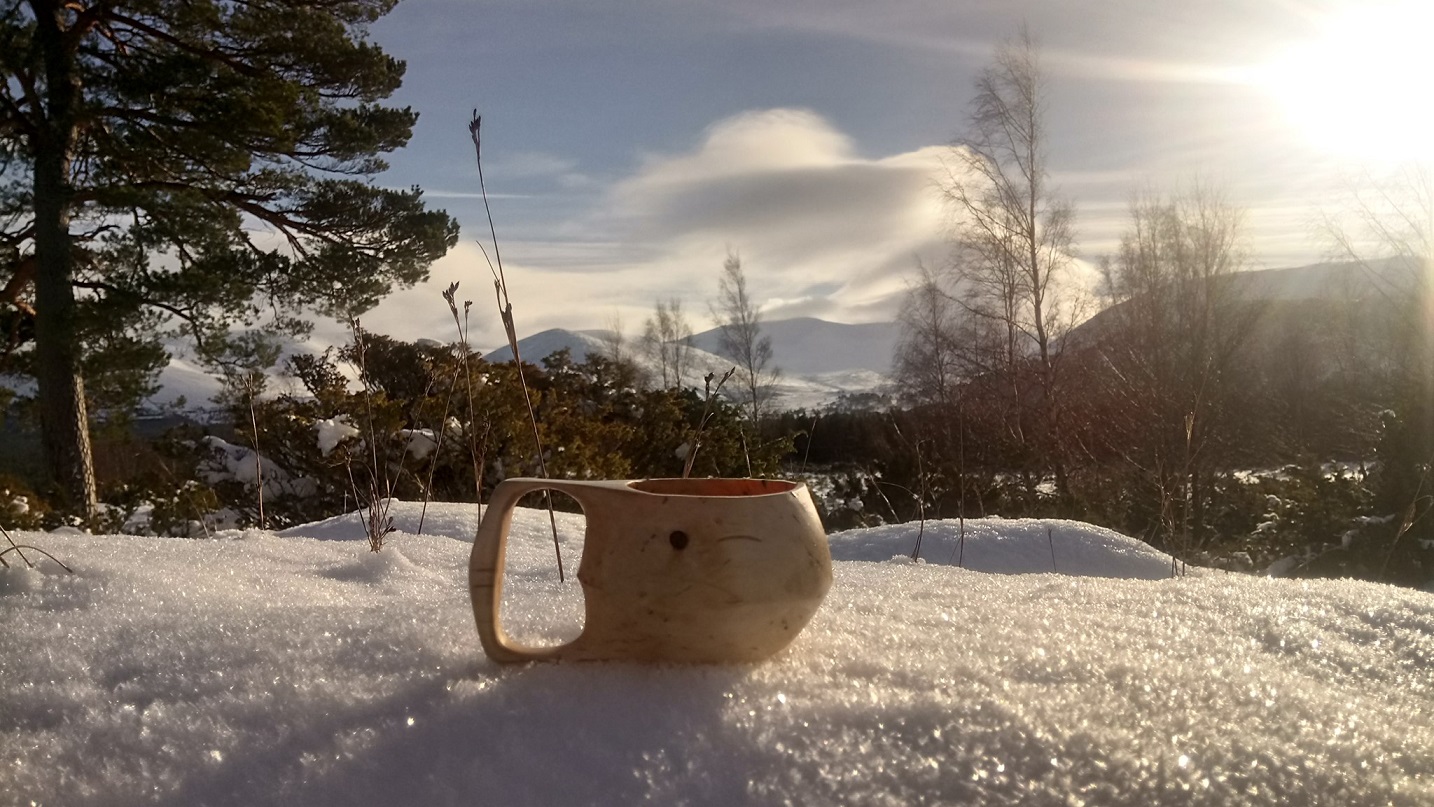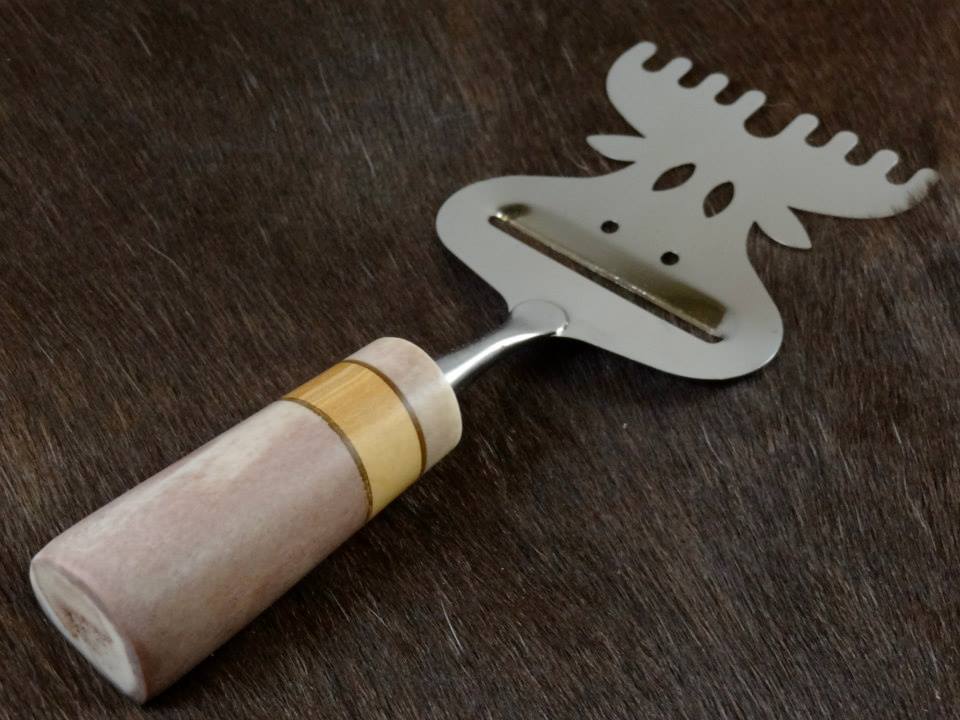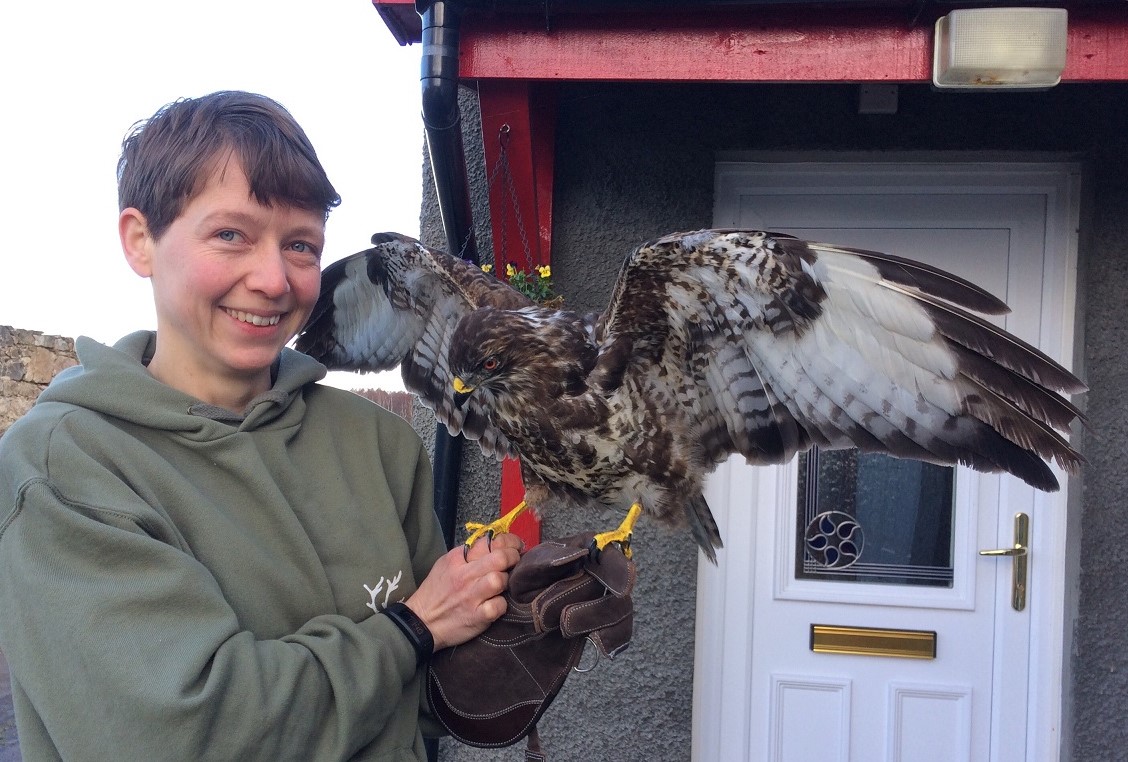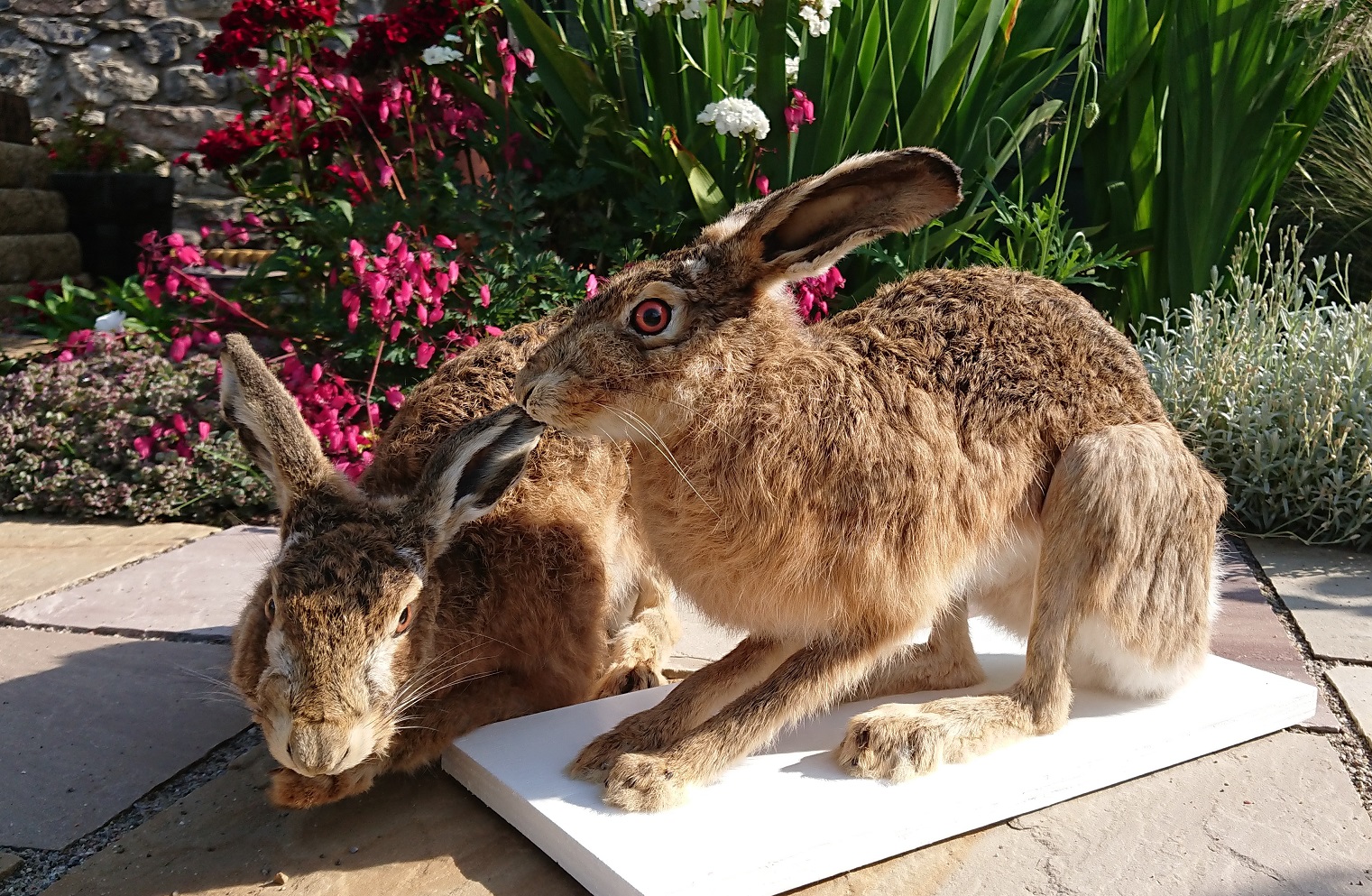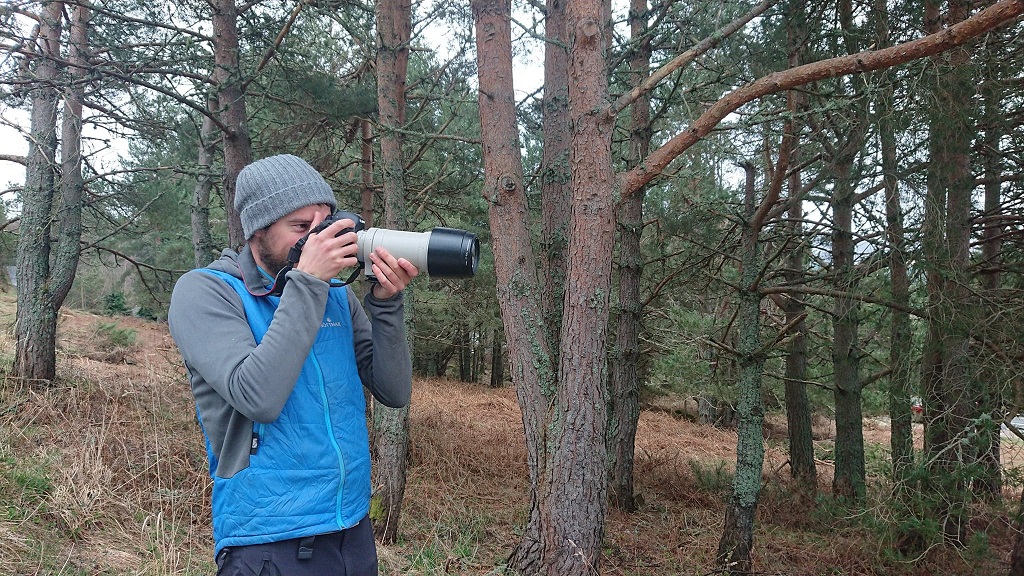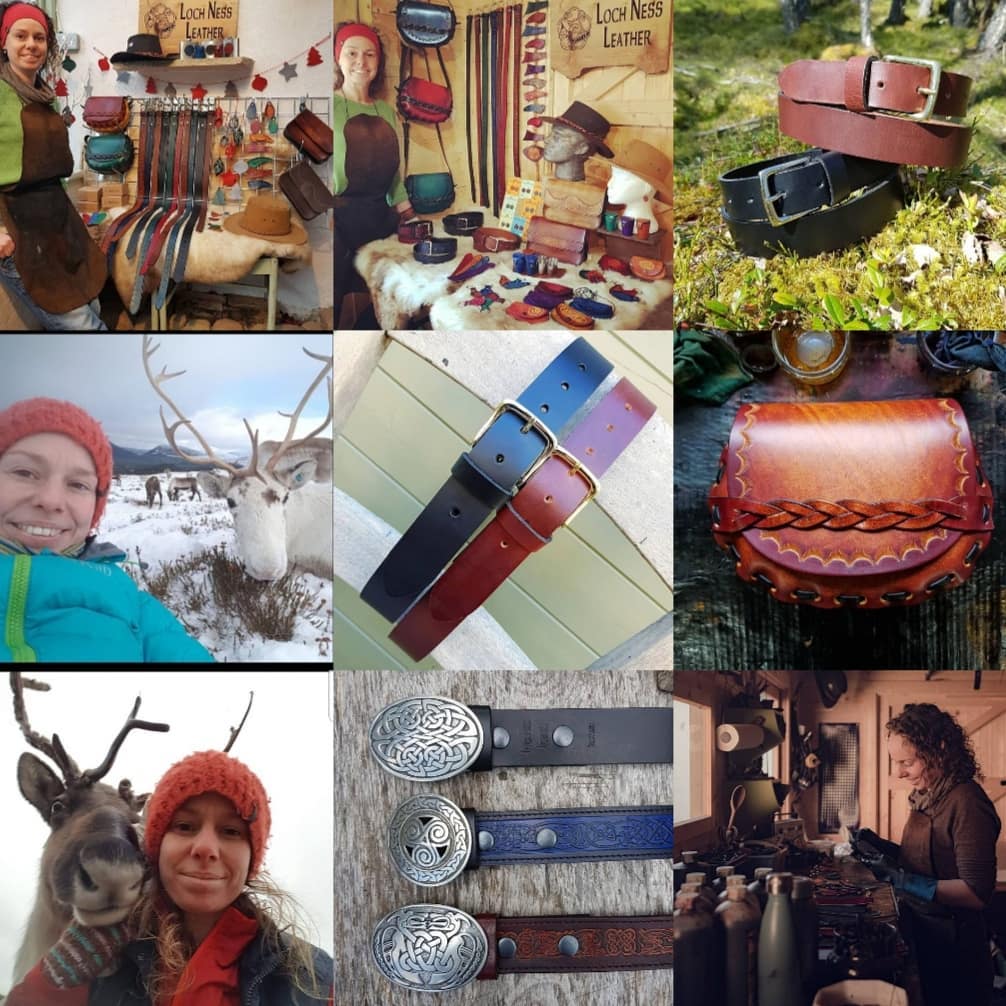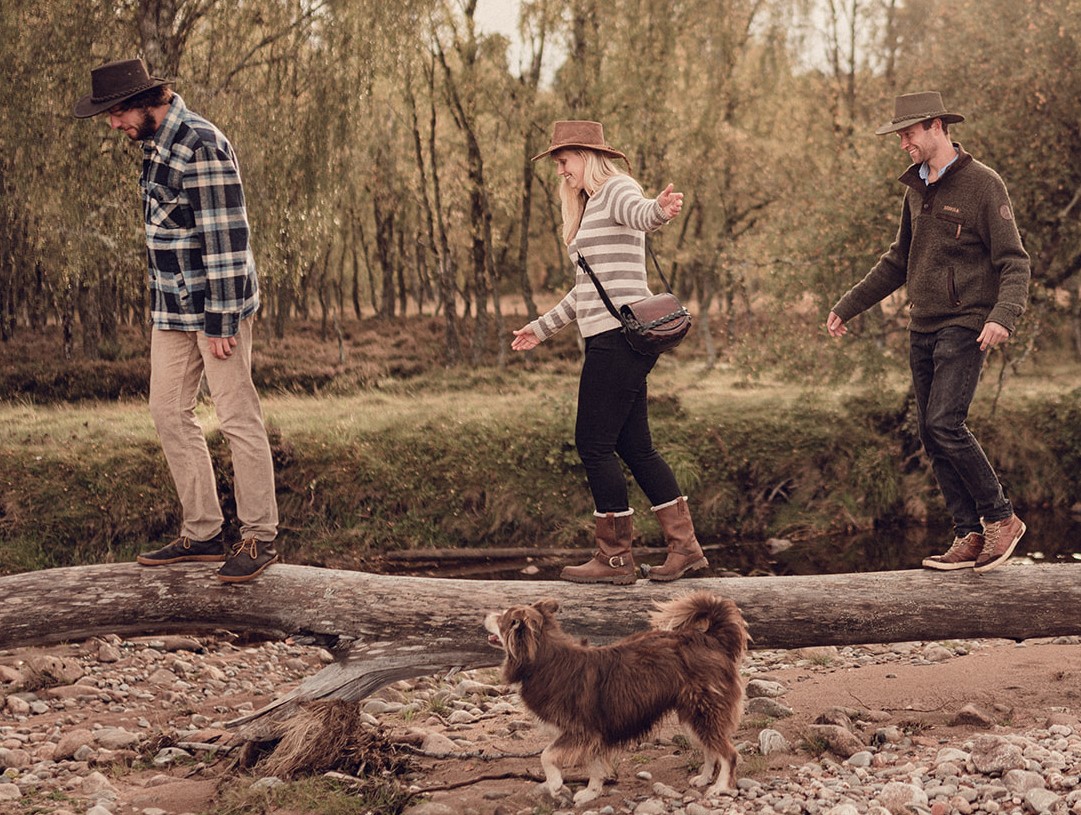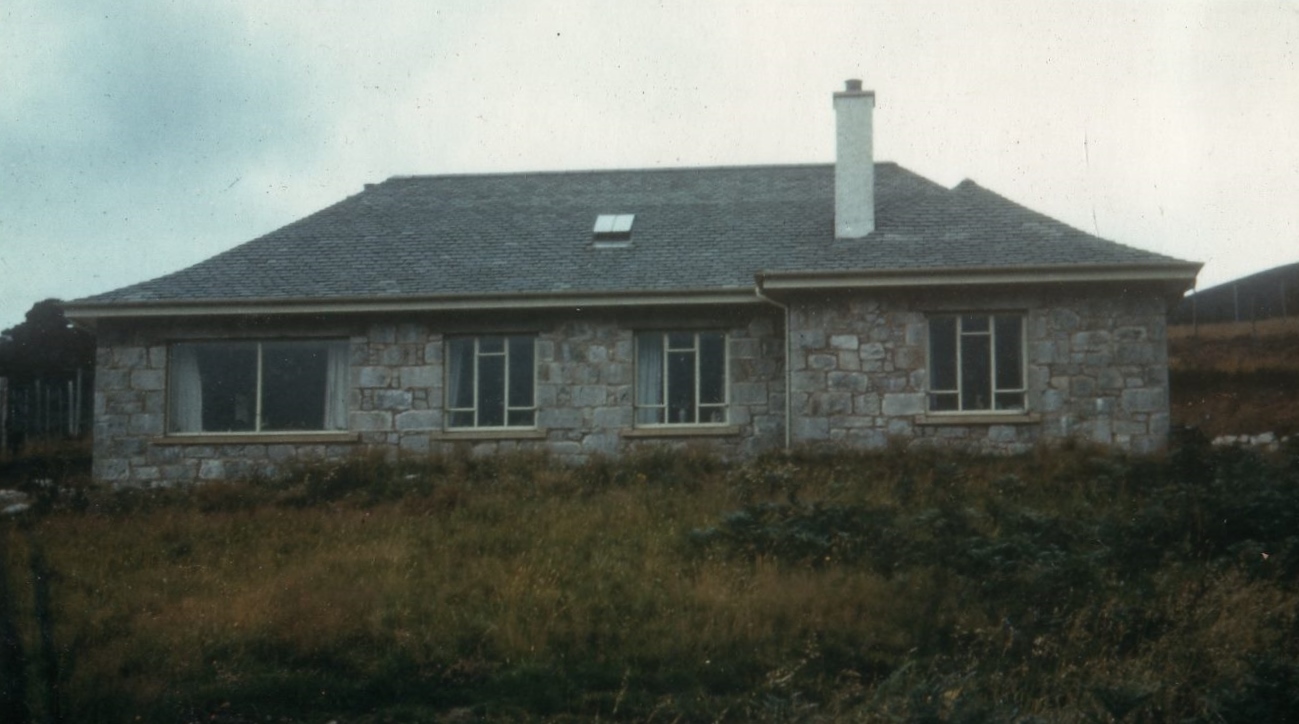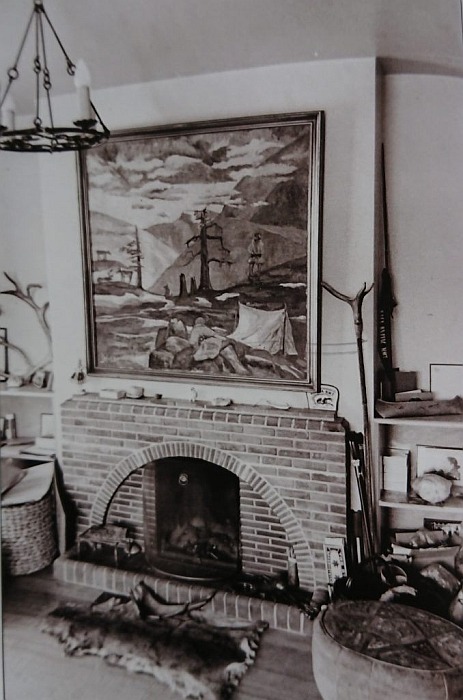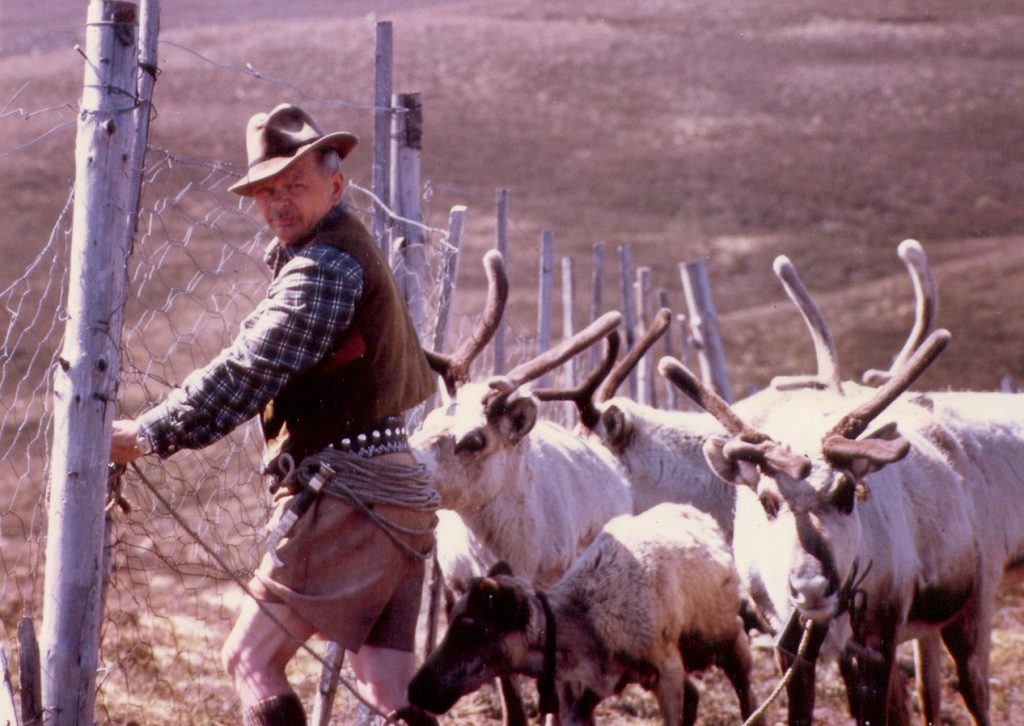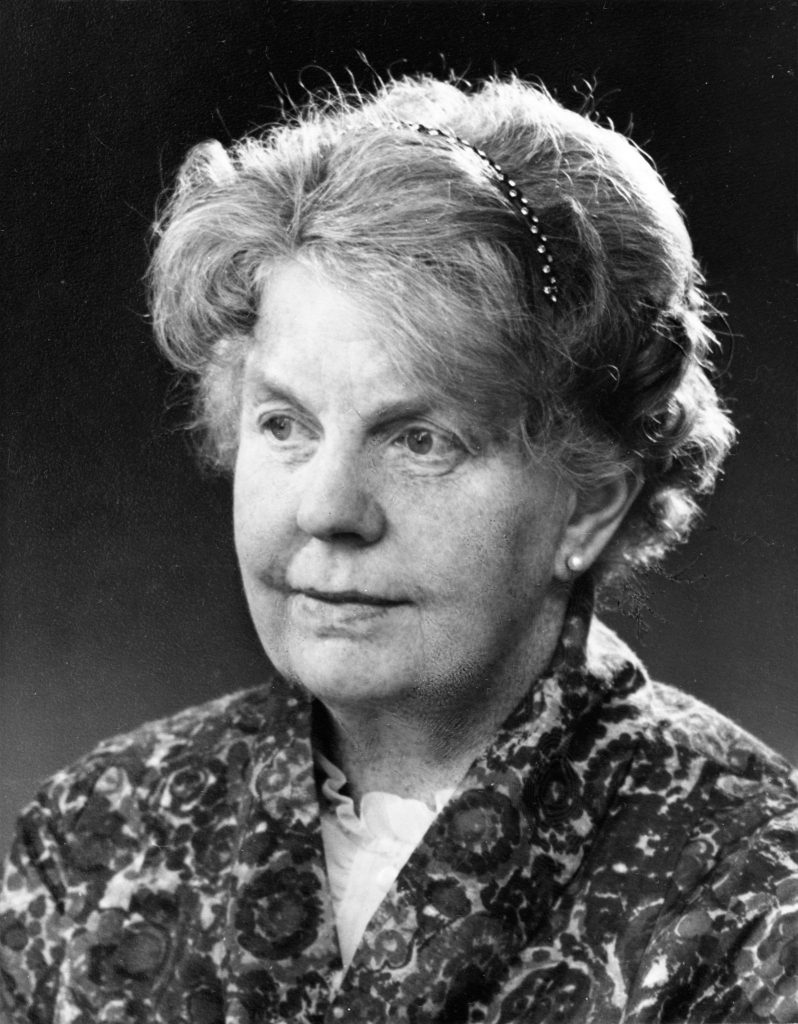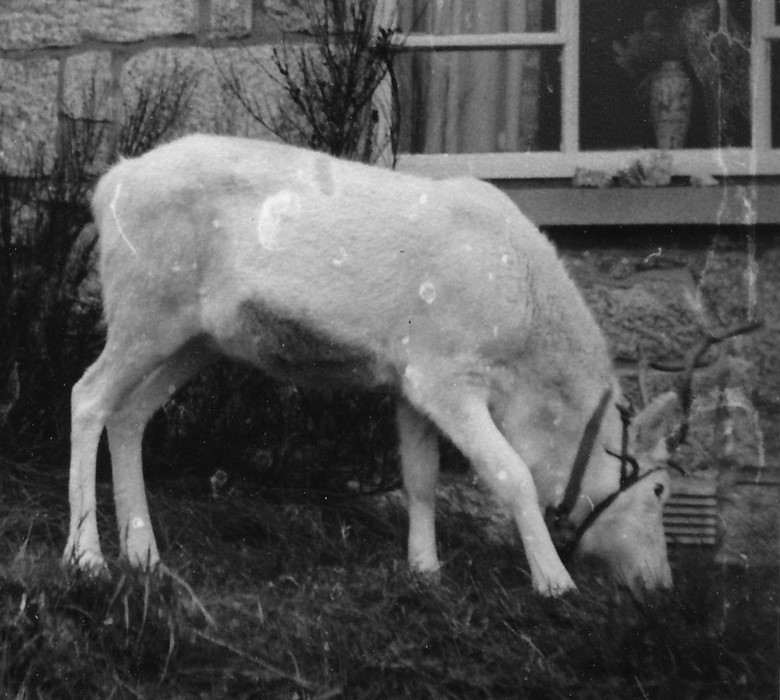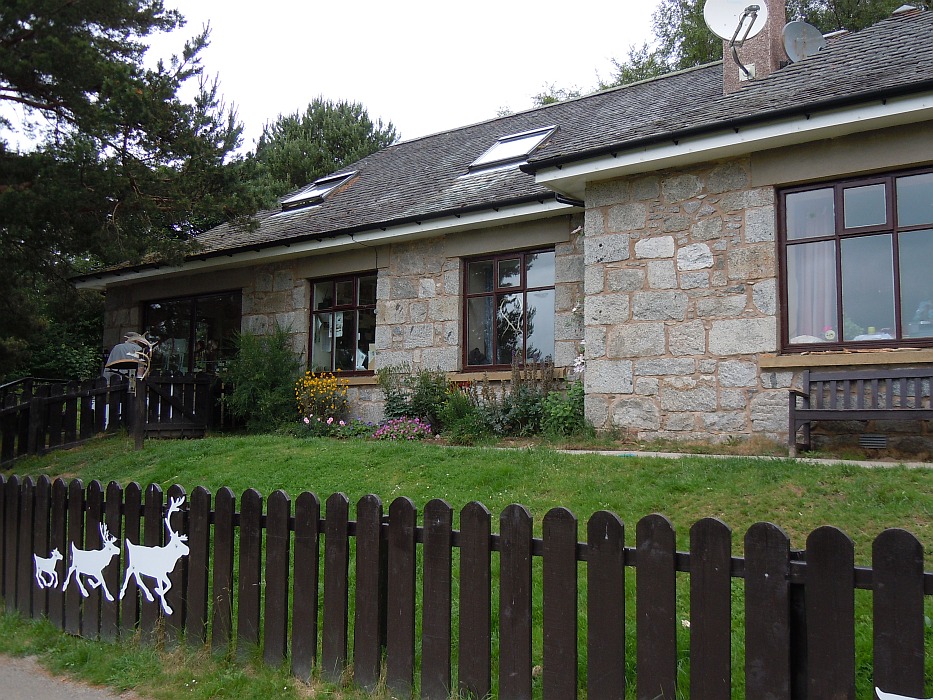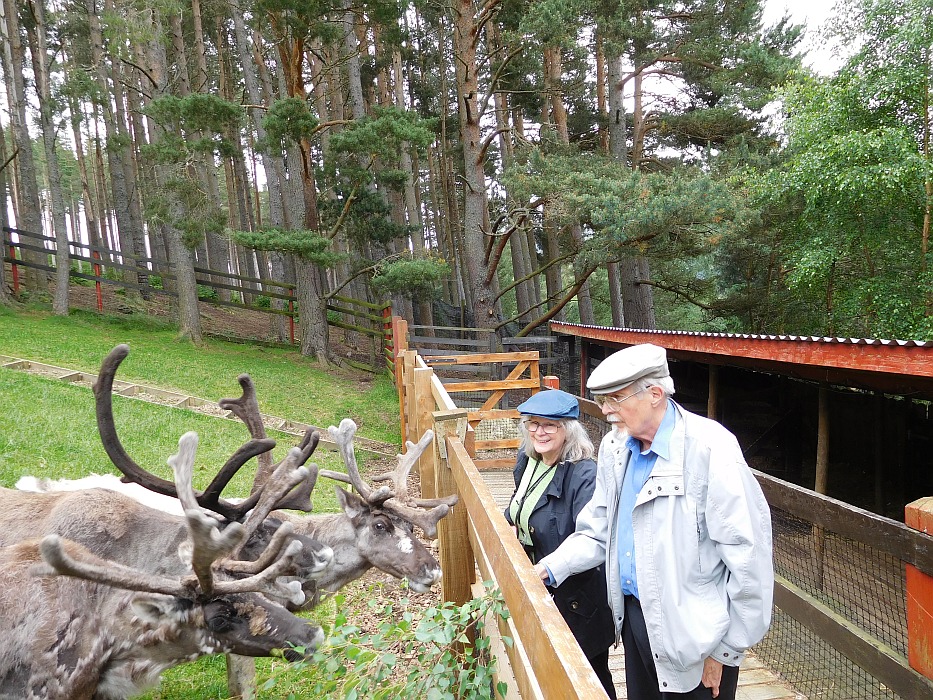I recently came across the remarkable story of Pollyanna the reindeer. She was a reindeer who lived on a British submarine during World War II. It was my brother who informed me of this crazy tale, knowing my passion for all things reindeer and it was such a weird and wonderful story that I initially thought it couldn’t be true. Turns out facts are sometimes stranger than fiction…there really was a reindeer submariner.

In 1941 HMS Trident stopped for repairs in the Soviet Union and it was at this point that the crew on HMS Trident got themselves a furry new recruit, accompanied by “a barrel of moss”. There’s a couple of different stories as to the recruitment process for Pollyanna. One tale states that she was gifted to the British crew as a token of gratitude for their assistance in fighting the German forces in the Arctic Circle. Another story details that whilst dining with the Russian Admiral, the captain of HMS Trident mentioned how his wife was having problems pushing her pram in the winter snow of England. This led to the admiral stating that what the captain needed was a reindeer, and as such Pollyanna was gifted to the crew. I’m not too sure of the logic there, was the reindeer meant to pull the pram through the streets of London? If so, Pollyanna would do well at our Christmas events.
Pollyanna spent six weeks aboard HMS Trident and it began with her being lowered in through one of the torpedo tubes. The plan was for Pollyanna to live in the torpedo store area (what could go wrong there?!?!). However, Pollyanna had other plans. She took herself out of the torpedo store area and she stationed herself in the captain’s cabin. And why not? I imagine the captain’s cabin was far more comfortable.
However, it wasn’t long before the barrel of moss sustaining Pollyanna ran out. Being an active submarine, HMS Trident couldn’t stop for supplies. But Pollyanna adapted, eating leftovers from the crew’s vegetables and developing a real taste for the old war time favourite, Carnation condensed milk. It’s reported that she even ate some navigation charts. I can’t imagine that would go down well with the rest of the crew! I think she’d have more of an excuse than any human though.

After six weeks of patrols off Norway, HMS Trident docked in Blyth and all was well. However, when it came time to leave, it became obvious that there was a problem. After all the condensed milk and scraps (and navigation charts) Pollyanna had put on a lot of weight. She couldn’t fit out of the submarine. It took a protracted and coordinated effort of winching Pollyanna through the hatch, but it was a success and there we have it… Pollyanna set her hooves down on U.K. soil after six weeks at sea.
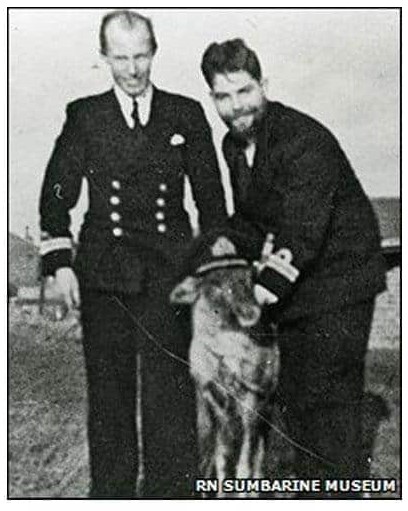
The captain decided that instead of giving Pollyanna the role of his wife’s ‘chief pram puller’, she would instead be gifted to London Zoo where she reportedly became a firm favourite with both staff and visitors. Pollyanna lived for a further five years and in a touching case of fate, both Pollyanna and HMS Trident met their ends within the same year of 1947, when HMS Trident was decommissioned and scrapped. It was said that Pollyanna never forgot her submariner nature and whenever a siren, bell or tannoy was sounded at London Zoo, Pollyanna would lower her head, much like she would have done when the HMS Trident dived.
All of us here at the Cairngorm Reindeer Centre would obviously never condone keeping a reindeer enclosed. Nevertheless, the tale of Pollyanna does make for a very obscure and touching story I’m sure you’ll agree. The crew seemed to really take to Pollyanna and she reportedly made a massive contribution to the crew’s morale. I do wonder however, where did all of Pollyanna’s poo go? Some questions are probably best left unanswered.

In the course of writing this blog I have found it entertaining to think of some of our reindeer aboard a submarine. Which one would do best? Of course, we’d never put our lovely reindeer aboard a submarine, not that it’s a request we often come across. But being such resilient and hardy animals, I bet most of them would take it in their stride and ‘keep calm and carry on’. They may well adapt to the situation better than me. Atlantic probably has the best name in the herd for the next reindeer submariner. And I’m counting Scrabble and Svalbard out of selection due to their size. Like Pollyanna, I don’t think we’d get them back out if they got in. And any submarine would have to double the amount of Carnation condensed milk on board. Bond would fancy himself, with his enthusiasm and in living up to his secret agent name. I mean…who wouldn’t want a submarine Bond scene?! Which reindeer from the herd do you think would theoretically make the best reindeer submariner? Or the best reindeer pram puller?
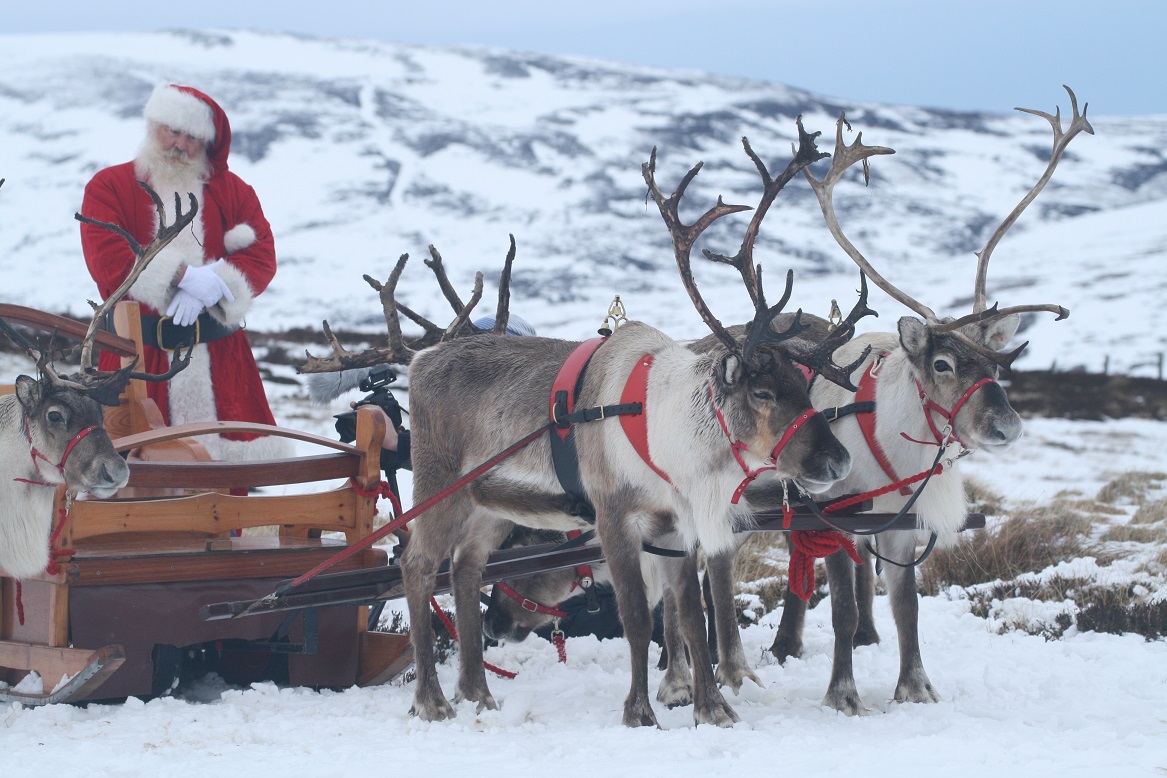
Ben – with credit to Claudia Mendes’ article on War History Online. B&W photos courtesy of National Museum of the Royal Navy.

